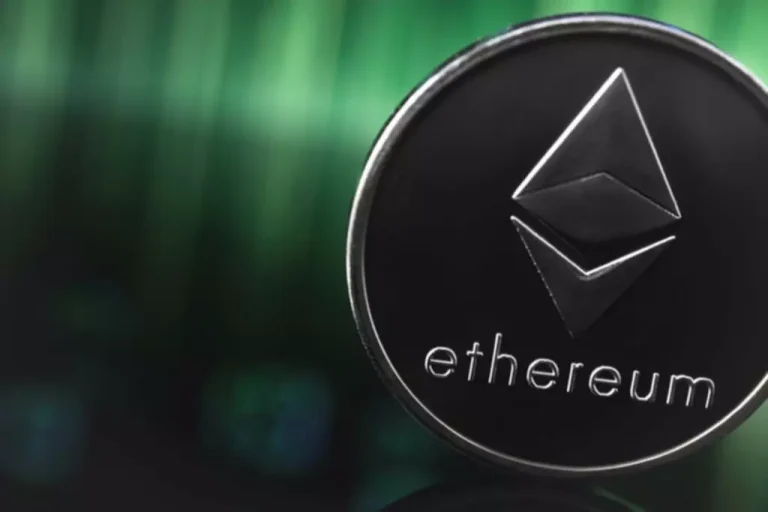Completely Different DEXs could charge a set buying and selling charge on all orders distributed to the LPs. For instance, Uniswap has a zero.3% trading payment, whereas PancakeSwap has a 0.25% trading payment. Of PacakeSwap’s zero.25% charge, 0.17% is distributed to LPs. If there’s a giant buy order, the worth could skyrocket because of increasing demand. For example, fixed property (e.g., actual estate) are highly illiquid.
- Moreover, please note that NFTevening participates in affiliate marketing.
- And That I really wished to get these candy stablecoin farming rewards.
- Token holders are still uncovered to slashing penalties from the underlying validators and potential sensible contract vulnerabilities in the protocol.
- For instance, you can provide it to a lending protocol, join a liquidity pool, or use it in structured methods.
A Whole Guide To The 1inch Swap
A liquidity pool is a collection of funds locked in a smart contract. It offers liquidity for trading between different cryptocurrency tokens without the need for conventional market makers. Yield farming is immediately tied to liquidity pools—it’s simply the next step after turning into a liquidity provider.
After depositing, you’ll receive LP tokens that symbolize your share within the pool. You may additionally face worth manipulation in low-volume pools, particularly via flash loans. On prime of that, fuel fees can be excessive during busy network durations, making participation pricey. For new customers, the complexity of those systems can lead to expensive mistakes. The variety of liquidity tokens received by a liquidity provider is proportional to their contribution to the pool.
Who Are Liquidity Providers?
In the DeFi ecosystem, various forms of liquidity swimming pools have specific roles, similar to totally different instruments designed for different duties. Some are designed for earning prizes, some are glorious for trading stablecoins, and a few even facilitate borrowing and lending. Let’s take a fast have a glance at the principle liquidity pool varieties present in DeFi, with a simple overview for everybody. To better understand how liquidity pools work, let’s take a closer look at the function of liquidity providers (LPs) and the AMM algorithm that powers worth willpower. The first protocol to use liquidity pools, Defi, Bancor, sparked a rising curiosity in the notion.
Liquidity pools let you rapidly change one token for another, even if no one else is on the other side at that very moment. The market is now more environment friendly and quicker, particularly for much less well-known coins that might have bother with a centralized trade. For example, should you provide liquidity on ARMswap, you could earn ARMSP tokens in addition to your trading charges. Typically, especially in newer swimming pools or user-attractive packages, these incentives can outcome in exceptionally excessive earnings. Liquidity providers are customers who deposit assets right into a liquidity pool to extend its liquidity. In return, they obtain a share of the transaction fees generated by trades inside the pool.
By enhancing capital effectivity Liquidity Pools in Crypto and lowering trading prices, Gyroscope’s dynamic liquidity swimming pools may set a brand new standard for liquidity provision in DeFi. This innovation benefits individual traders and liquidity providers while strengthening the general market by bettering price stability and decreasing systemic dangers. For one, Uniswap does not exist in a vacuum, and its price curve does not singlehandedly decide the worth of property. Since it’s an algorithm, sometimes it lags behind more centralized entities in responding to outdoors factors and pricing assets appropriately. If circumstances in the market at massive change abruptly, DeFi arbitrageurs can dig deep into the liquidity pools to snipe belongings for their earlier costs.
However, additionally it is extremely aggressive and troublesome to profit from if you do not have a considerable quantity of capital. The profitability is also affected by market conditions, similar to volatility. If you needed money at quick discover, you wouldn’t be succesful of promote considered one of your properties to satisfy that immediate demand. You would have to discover a purchaser, fill out mountains of paperwork, and complete many different actions that take time as a result of laws and different factors. You may think of trading on an AMM as peer-to-contract. Sign as much as obtain information for crypto natives and normies, too.


Head to the ARMswap platform and join your Web3 wallet—like MetaMask. Payouts, nonetheless https://www.xcritical.in/, are influenced by the platform and degree of pool competition. However they’re totally different and truly the smartest methods with which individuals are making their crypto work for them. Start today and take your crypto buying and selling to the following stage. While all of it sounds enticing, there are a quantity of dangers to pay attention to. Especially if you’re new to DeFi, it is necessary to understand them.
Liquidity swimming pools are important in decentralized finance (DeFi). Since there’s no centralized order book or market maker, the pool itself allows users to swap tokens instantly. That’s what makes decentralized exchanges work without needing a conventional broker. Nevertheless, additionally they come with their own set of dangers, and potential customers should totally perceive these earlier than participating.
Charges are distributed based on the proportion of liquidity that each supplier has contributed to the pool. The extra liquidity a provider contributes, the bigger the proportion of the charges they obtain. Liquidity suppliers can later redeem their share of the pool by burning their liquidity tokens. A cascading liquidation is a chain Financial instrument reaction of compelled promoting. The U.S. money supply has climbed to a document excessive, however crypto markets proceed to extend their decline, moving towards a tide of rising liquidity. Working your individual validator or sustaining a staking setup requires hardware, technical information, and fixed uptime.
The validator then performs block validation and earns staking rewards. The best-known use of liquidity swimming pools is in decentralized exchanges (DEXs). These are platforms like Uniswap, Sushiswap, and PancakeSwap the place customers can trade crypto directly with each other, with no centralized change. DeversiFi is a non-custodial, decentralized trade with fairly a higher switch per second fee. Utilizing StarkWar’s layer 2 scalability engine, it may possibly attain as much as 9,000 TPS (Transactions Per Second).